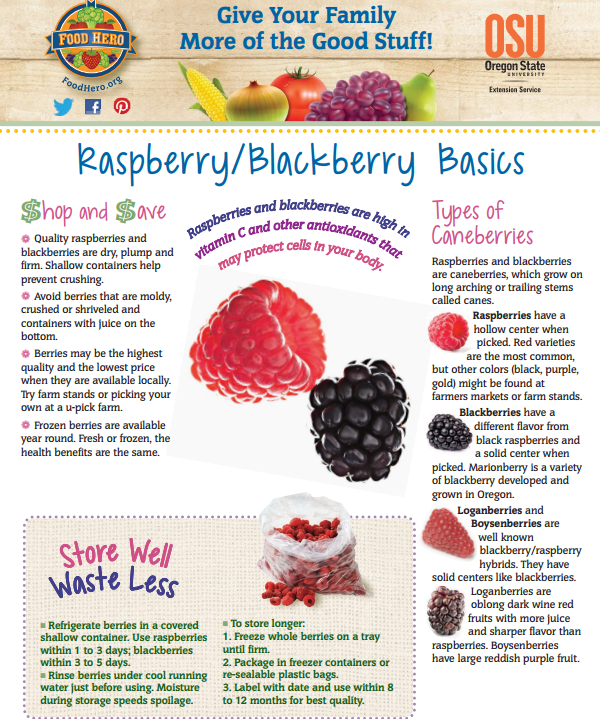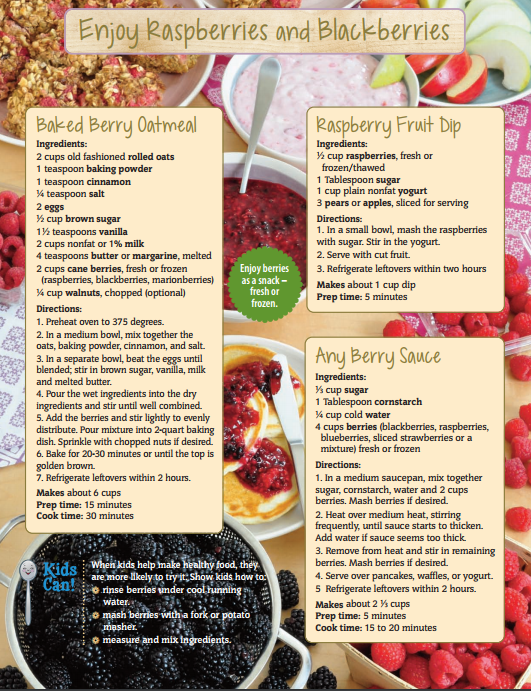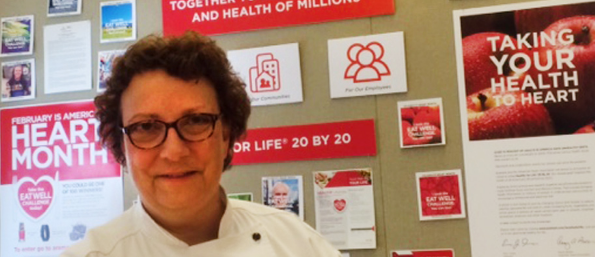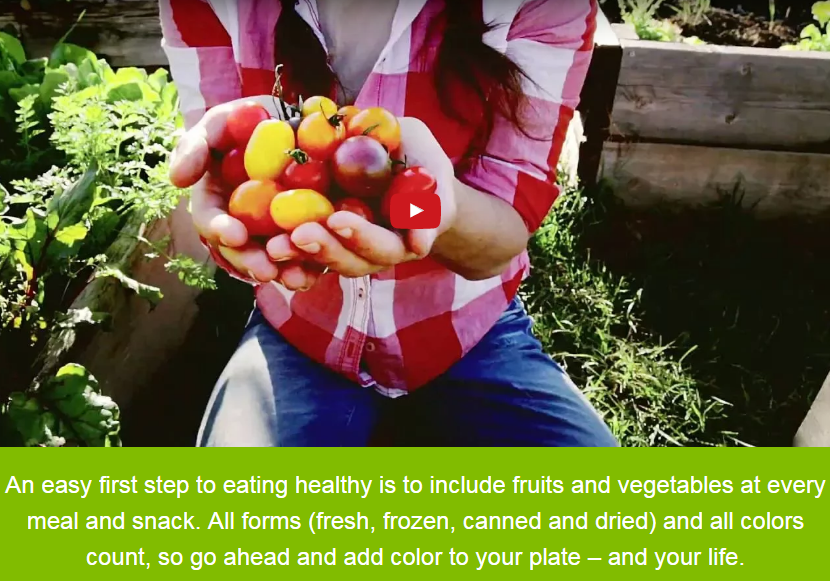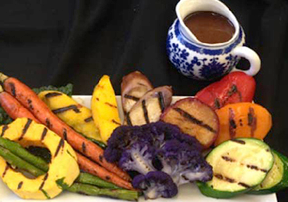Who’s cooking tonight? Don’t roll your eyes.
We know how hectic life is – working late, after-school activities, trying to cram in a gym session, and catching up with friends, or better still, your spouse! Sometimes cooking at home just isn’t an option.
What you need to know is that there are healthy options when dining out. Many restaurants now offer delicious meals and menu items that are better for you. But it still takes a little bit of effort and a splash of willpower to construct a healthy meal away from home.

So what do you need to know, do and look for when dining out?
Let us break it down for you with our top ten tips:
- Search it. This is the information age! Look up the menu and decide what you want before you go. Lots of restaurants and fast food chains now have nutrition information on their websites.
- Look for clues. The menu may have “healthy” designations or symbols, or key words in the names of some items (like light, fresh, fit, vegetarian, skinny, and so on) which indicate they could be a better choice.
- Check it out. In select restaurants, look for the Heart-Check mark on the menu. It’s an easy way to spot healthier choices that meet the trusted nutrition standards of the American Heart Association.
- Use your words. Sure, nobody wants to be “that guy,” but it’s really OK to ask your server or even the chef about ingredients, preparation methods, or substitutions.
- Just say no. Resist the upsell and freebies. Yeah, we know the cocktails and appetizers can be tempting, but just remember they can add fat, sodium, sugar and calories – not to mention expense — that you don’t need. And while you’re at it, you don’t have to accept the “complimentary” bread and butter or chips and salsa!
- Color your plate. The kiddie crayons on the table aren’t the only way to add color to your meal! Look for colorful fruits and vegetables you can add as sides or substitutes for other ingredients in your dish.
- Have it your way. What do you do if you just can’t find a healthy option? Be bold, and see what’s possible! Combine side veggies or items from different dishes. Ask if they can prepare your food to order. This may not work in the drive-thru window, but most chefs at sit-down restaurants want to be able to satisfy their diners, so it’s worth a shot!
- Check your oil. Ask about butter, solid fats and cooking oils used in the kitchen, and request that healthier nontropical vegetable oils be used instead. Swap the bad fats for healthy ones your body actually needs!
- Keep it on the side. Request that butter, cheese, toppings, salad dressings, sauces and gravies be served on the side so you control how much you use. Look who’s in the driver’s seat now!
- You can half it all. If the portions are large, share an entrée or set aside half to take home before you start eating. Split “indulgences” like appetizers, fries and desserts. Don’t supersize it, rightsize it.
Here are some easy swaps that will help you make the healthy choice:
LOSE IT |
CHOOSE IT |
|
| bacon, sausage & other fatty, salty meats | skinless chicken, fish, lean meat | |
| white bread, rice and pasta | whole-grain versions | |
| cream-based or cheese soups | broth-based soup with lots of veggies | |
| deep-fried, pan-fried, extra crispy, creamed, stuffed | grilled, sautéed, roasted, steamed, baked, poached | |
| fries | baked potato or side salad | |
| refried beans | pintos or black beans | |
| sour cream, queso | guacamole, pico de gallo | |
| salty sauces like soy, teriyaki, cocktail, au jus | light sauces flavored with herbs, spices, vinegar, wine | |
| all-you-can-eat, supersize, buffet | a la carte, light menu, salad bar | |
| traditional desserts, cookies, ice cream | fresh fruit and fruit-based desserts | |
| regular soda, sweet tea, sugary cocktails | water, 100% juice, diet soda, seltzer, spritzers |
Be prepared when you go out to eat. Healthy choices can be found if you know what to look for and how to ask. Bon appetit!
Article copyright © 2016 American Heart Association.
https://healthyforgood.heart.org/Eat-smart/Articles/Dining-Out-Doesnt-Mean-Ditch-Your-Diet

